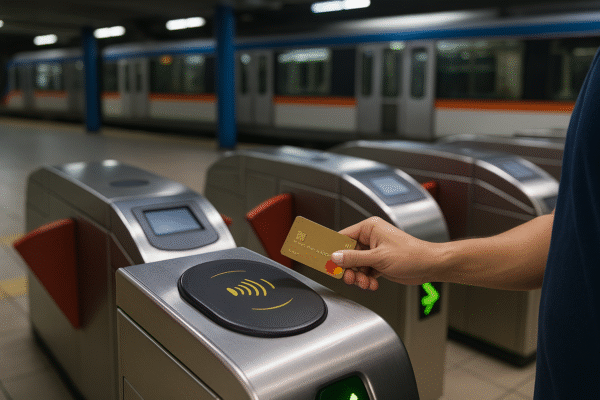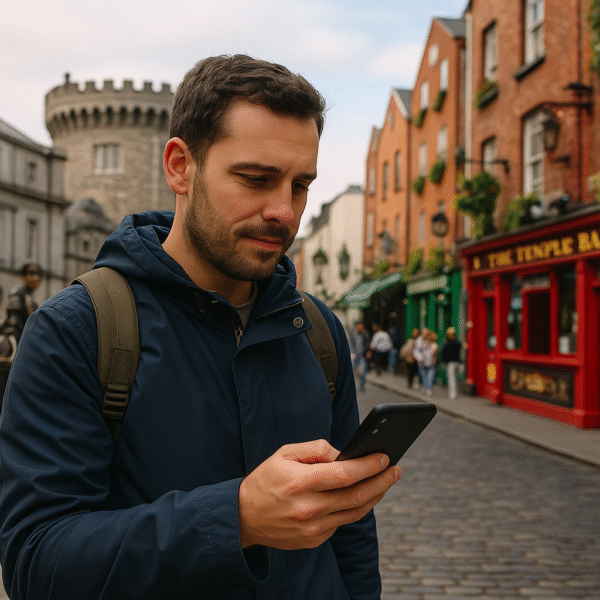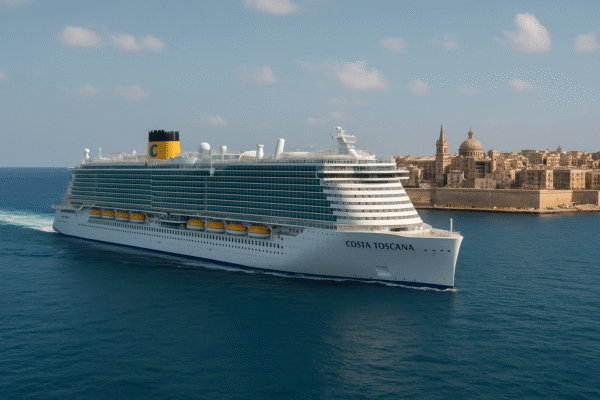Dublin, Ireland’s vibrant and historically rich capital, has embraced a new era of tourism with the launch of Brendan, its first AI-powered virtual tour guide. This cutting-edge development, created by CityMe in collaboration with Dublin City Council under the Smart Dublin initiative, blends artificial intelligence and geolocation to offer visitors a digital companion capable of guiding them through more than 540 historic and cultural landmarks across the city.
Designed to cater to the evolving preferences of tech-savvy tourists, Brendan is more than a simple audio guide. He represents a significant leap forward in how travelers interact with urban spaces—providing contextual storytelling, historical facts, and local anecdotes all synced to a user’s precise location.
A Smart Guide for a Smart City
The CityMe app, downloadable on any smartphone, divides Dublin into six major neighborhoods, each with curated walking tours:
- Stoneybatter/Smithfield
- The Liberties
- City Centre North/O’Connell Street
- Temple Bar
- Stephen’s Green/Portobello
- Trinity College/Docklands
As users move through these districts, Brendan delivers timely, GPS-triggered narration. Whether standing before Dublin Castle, strolling past Trinity College, or wandering through the bustling alleys of Temple Bar, Brendan’s voice provides informative storytelling, offering a digital layer to Dublin’s physical beauty.
The system uses advanced AI audio technology to craft engaging dialogue, mixing verified facts with cultural narratives. The experience is completely self-paced, allowing travelers to explore the city solo, in small groups, or even during off-peak hours when traditional guided tours are unavailable.
Technology Meets Tradition in Irish Tourism
Ireland has long been celebrated for its storytelling culture, and Brendan seeks to replicate that through a digital format. However, some differences remain. While Brendan offers clear, well-researched historical overviews, critics argue that the depth and emotional nuance of human guides cannot be fully replaced.
For instance, Brendan describes Dublin Castle and its pivotal handover to the Irish Provisional Government in 1922 but omits the colorful tale of the unsolved Irish Crown Jewels theft of 1907. Similarly, Temple Bar’s architectural heritage is noted, yet the preservation campaign that saved it from redevelopment into a bus depot is overlooked.
This simplification, while ideal for a broad audience, highlights a limitation: AI guides tend to deliver surface-level engagement, which may miss the intrigue and local flavor that human guides offer.
Benefits and Limitations of AI-Guided Travel
Despite these trade-offs, many in the Irish tourism sector see Brendan as a complementary asset, not a competitor to human tour guides. According to Fáilte Ireland, over 11 million international tourists visited the country in 2023, with Dublin accounting for nearly half. The CityMe app supports flexible, on-demand touring, ideal for solo travelers, digital nomads, or families exploring at their own rhythm.
Tourist feedback from CityMe’s pilot trials indicates strong appreciation for:
- No scheduling required
- Low-cost or free usage
- Multilingual support
- Instant GPS-based updates
- Access to hidden gems and lesser-known attractions
Yet, limitations persist. Brendan cannot answer spontaneous questions, adapt to changing interests on the fly, or respond emotionally. The experience, while informative, remains transactional, lacking the human warmth and personal stories that make a city feel truly alive.
A Growing Trend Across Europe
Dublin joins other forward-thinking European cities like Paris, Barcelona, and London in deploying AI-enhanced tourism tools. These platforms align with EU digital tourism strategies aimed at sustainable tourism growth, inclusive access, and smart infrastructure integration.
According to Dublin City Council, Brendan is part of a broader goal to position Dublin as a Smart City of Culture, where digital technologies support education, visitor engagement, and local business promotion.
By integrating Brendan into tourism routes, local eateries, pubs, museums, and craft markets may see increased foot traffic from travelers guided by the app’s audio cues.
Looking Ahead: Human Connection Still Matters
As technology reshapes global travel, the human connection remains central. Visitors to Dublin often seek not just facts but conversations, emotions, and memorable encounters. For that reason, licensed tour guides, such as those with Approved Tourist Guides of Ireland (ATGI), continue to play an irreplaceable role.
Still, for tech-savvy travelers, short-stay tourists, and independent explorers, Brendan is an exciting, accessible innovation that modernizes Dublin’s tourism appeal.
Conclusion: Digital Progress with Cultural Soul
The launch of Brendan marks a pivotal moment in Ireland’s tourism evolution, combining innovation with heritage. While AI may never fully replace the magic of human storytelling, it can offer a valuable bridge—especially for new visitors eager to explore Dublin on their own terms.
As tourism becomes increasingly digital, Dublin’s bold embrace of AI positions it as a leader in smart tourism, making the capital more accessible, interactive, and enjoyable for the world.
For your next visit to Dublin, don’t just bring a map—bring Brendan.
For more travel news like this, keep reading Global Travel Wire



















